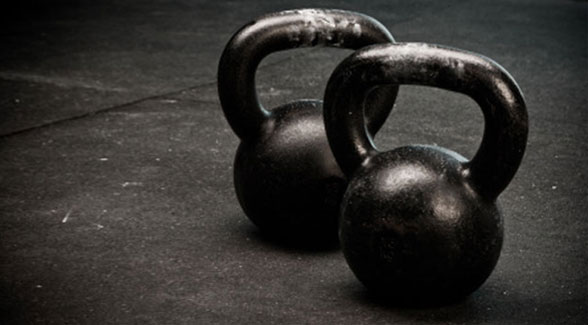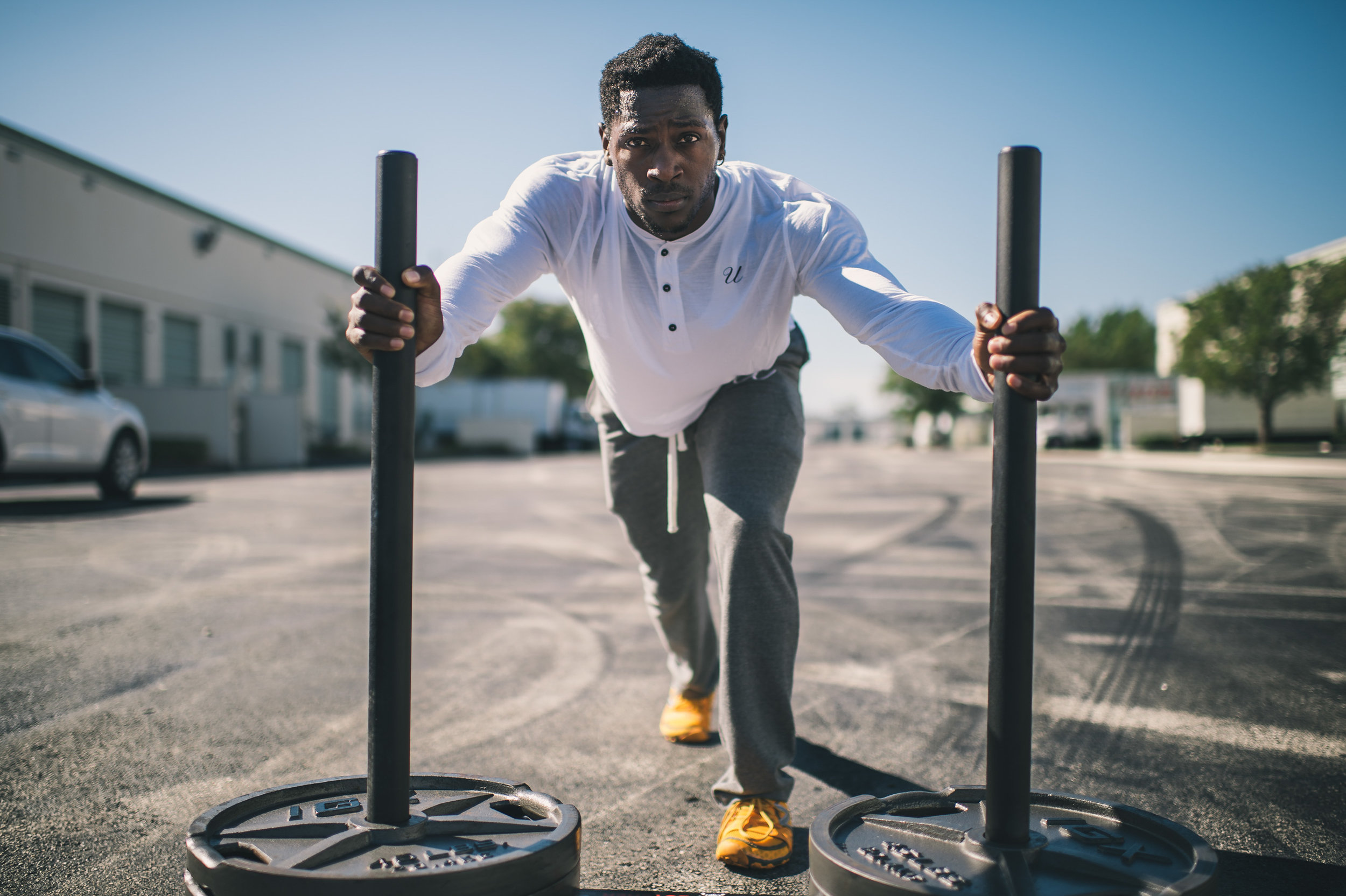How Cops should Train
Simple. Not easy.
Strength and Conditioning isn't rocket science, though some of the programs I see suggest otherwise.
The best way for an officer to avoid injury is to have a simple, well rounded and consistent program. No fancy gimmicks or equipment, just solid fundamentals. That doesn't mean we can't have fun.... battle ropes, airdynes, medicine balls... they all have their place. But the bulk of your training should be focused on the highest ROI.
When I train officers, I focus on the 7 Fundamental Movement Patterns. These are: Pressing, Pulling, Lunging, Squatting, Hinging, Twisting and Running. As human beings, everything we do is a hybridization or variation of these 7 movement patterns. Sometimes it can look more complex than that, but the reality is everything can be broken down into its' movement building blocks. (Kinda like Lego! And who doesn't love Lego?).
How often you train is going to affect what each training session looks like, but the sessions don't have to vary dramatically. I have already written extensively about the 7 Fundamental Movement patterns, so if you are unfamiliar with them I suggest checking out the series I wrote about them: Part 1: Push/Pull, Part 2: Lunge/Squat, Part 3: Hinge/Twist and Part 4: Gait/Running.
Here are a couple of examples, depending on frequency, of how a training session would look:
Scenario 1: 1 Strength Day, 1 Conditioning Day/Week.
Strength: The goal here is efficiency. We want to hit as many corners and low hanging fruit as we can in a single training session for maximum bang-for-your-buck. Each week the structure of the training session would be the same, but the exercises would change. For example, Week 1 might have a Bench Press emphasis, while Week 2 emphasizes the Military Press instead. Both pressing movements, but in different planes of motion. I would finish every sessions with a heavy carry of some sort.
Here is how I would structure a strength session:
Strength Day (Complete x2-5 sets of A before moving to x2-5 sets of B)
A1: Upper Body Press (e.g. Military Press)
A2: Upper Body Pull (e.g. Cable Row)
A3: Lower Body Press (e.g. Goblet Squat)
A4: Lower Body Pull/Hinge (e.g. Conventional Deadlift)
A5: Anti-Rotation (e.g. Pallof Press)
B1: Carry (e.g. KB Unilateral Front Rack Walks)
B2: Anti-Rotation (e.g. Bird Dog)
Conditioning: Surprise, surprise... the goal is efficiency. The goal of the conditioning day will be do improve your ability to suffer. Sounds great, right? The reality is we want to increase your ability to work at high intensity. That is where the Tabata and Interval training comes in. Week 1 would focus on shorter, higher intensity training, while Week 2 would focus on lower intensity intervals.
Conditioning Day Week 1: High Intensity Interval (e.g. Tabata: 20s work: 10s rest, x6-8R).
A well done Tabata session doesn't require much time. You can get the whole session done in 10 minutes. If you think that is too short or 'too easy' then you need to check your intensity. A full-out sprint or Airdyne session is going to leave you gasping for air. Here is what that would look like:
A1: Airdyne Sprint x20s
A2: Rest x10s
Repeat above for 8 rounds
Step-by-step approach to Police Fitness Training in preparing for the Police Officers’ Physical Abilities Test (POPAT).
This program integrates highly effect strength and cardio exercises in order to prepare candidates for a fast, competitive POPAT performance in the least amount of time possible. Includes a 16-Week Bonus training protocol for candidates starting from scratch.
Conditioning Day Week 2: Long Interval.
Week 2 is focused on longer duration intervals where the intensity is a bit lower. Your rounds can be anywhere from 1-10 minutes long and you can complete as many or as little as you choose. The goal here is pacing, so that you finish your last round with as much intensity as your first.
A1: KB Swings x15
A2: Bear Walk x60'
A3: KB Thrusters x15
A4: Farmer Carry x60'
Repeat as many rounds as possible in 5 minutes. Rest for 3 minutes. Repeat for 4 rounds.
Scenario 2: 2 Strength Days, 2 Conditioning Days/Week
Strength: In this case, I would alternate workouts in order to hit all the corners. Day 1 would focus on Upper Body Pressing and Lower Body Pulling, but we would still use the antagonist of each movement for accessory work (e.g. heavy Military Press followed by lighter Unilateral Rows). Day 2 would be the opposite. Both weeks would incorporate movement with higher stability demands because those are the highest return in terms of injury prevention. I would still finish every sessions with a heavy carry of some sort.
Strength Day 1 (Complete 3-5 sets of A before moving to B. Complete 1-3 sets of C).
A1: Upper Body Press 1 (e.g. Bench Press)
A2: Lower Body Pull/Hinge 1 (e.g. Romanian Deadlifts)
A3: Accessory 1 (e.g. Unilateral Cable Rows)
B1: Upper Body Press 2 (e.g. Military Press)
B2: Lower Body Pull/Hinge 2 (e.g. Single Leg Deadlifts)
B3: Accessory 2 (e.g. Walking Lunges)
C1: Carry (e.g. Farmer Walk)
C2: Anti-Rotation (e.g. Bear Crawl)
Strength Day 2 (Complete 3-5 sets of A before moving to B. Complete 1-3 sets of C).
A1: Upper Body Pull 1 (e.g. Pull Ups)
A2: Lower Body Press/Sqaut 1 (e.g. Back Squat)
A3: Accessory 1 (e.g. Standing Cable Press)
B1: Upper Body Pull 2 (e.g. Unilateral Bent Over Row)
B2: Lower Body Press/Lunge 2 (e.g. Rear Foot Elevated Split Squat)
B3: Accessory 2 (e.g. Monster Walk)
C1: Carry (e.g. Overhead Carry)
C2: Anti-Rotation (e.g. Pallof Press)
Conditioning: at this frequency, I would alternate between High Intensity Interval, Long Interval and Paced Endurance sessions. The High Intensity and Long Interval would look the same as above in the 1 session/week template. The Paced Endurance would be either cycling, rowing, Airdyne or running for 30-60 minute session. I recommend alternating which equipment you use each time in order to avoid overuse injuries (too common in the running world). Keep your intensity at approximate 60% of your heart rate maximum (you can calculate your HRmax in Beats per Minute by subtracting your age from 220). You should be able to have short conversations while you perform the session.
WARM UPS: HERE IS THE TWIST
This might take some of you by surprise. Before I dive into the good stuff, I want to say this: warm ups are extremely important and should be used seriously and effectively. A proper warm up primes you for your best increases in strength and better prepares you to resist injury. That being said, the bad guys aren't going to give you time to warm up.
SO... that is why I recommend that Cops SKIP THE WARM UP.
Now, before you get hurt, I need to make some things clear. I am not suggesting that you try and test you 1-rep max, or dive into your most intense workout of the month without performing any sort of warm up. What I AM suggesting is that on occasion you need to go into a training session WITHOUT warming up in order to test yourself and build some familiarity with 0-100 demands. It is the closes thing you are going to get to an actual call which requires you to literally jump out of the squat car and spring full-speed to get your job done. Good luck asking the bad guy to 'hold on a sec' while you get your banded monster walks done and some leg swings.
If you have never experienced what it is like to jump into full intensity, then you are in for a surprise.
The benefit of experiencing that in the gym rather than in the field is that you can recognize when you are at your limits and back off in order to work on your weaknesses.
Like I always tell my athletes: if you feel like you are about to pull a hamstring, it is because you are about to pull a hamstring. There are often warning signs, especially when you are in tune with you body. Don't ignore the red flags when you are in the gym. This is part of the whole point of training: identify your weaknesses and address them. If your hamstrings are the weakest link, take the time to strengthen them, improve your mobility and increase your trunk stability. Same can be said for your shoulder, back, hip, neck...... the list goes on. The gym is our laboratory, where we experiment and apply our interventions.
It isn't necessary to try this every week. Once a month, or even every other month is more than enough. But it IS a necessity that I don't think enough officers are doing.
Remember: everything I described above are PRINCIPLES. You can apply them to your current training program, or use them to build a new one. You don't need to follow any of the above structures word-for-word.
If you aren't sure how to train, then I encourage you to check out my Prepare to Protect training program. It was designed to help police officers improve their Physical Abilities Test scores and have a successful, healthy career in law enforcement.
Thanks for reading! If you have ANY training or injury questions you should hit me up: mark@leofitness.ca
Always happy to chat.
-Mark
Step-by-step approach to Police Fitness Training in preparing for the Police Officers’ Physical Abilities Test (POPAT).
This program integrates highly effect strength and cardio exercises in order to prepare candidates for a fast, competitive POPAT performance in the least amount of time possible. Includes a 16-Week Bonus training protocol for candidates starting from scratch.



